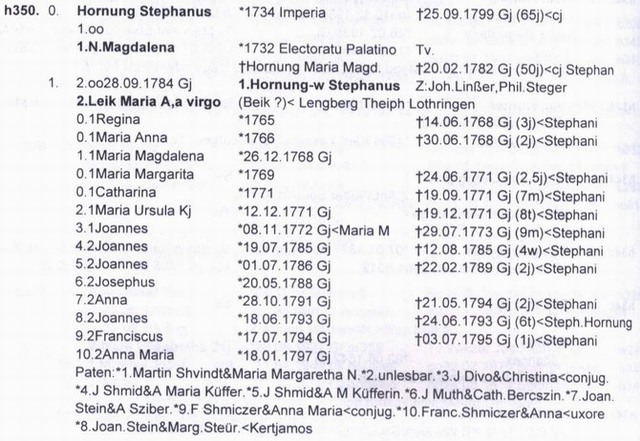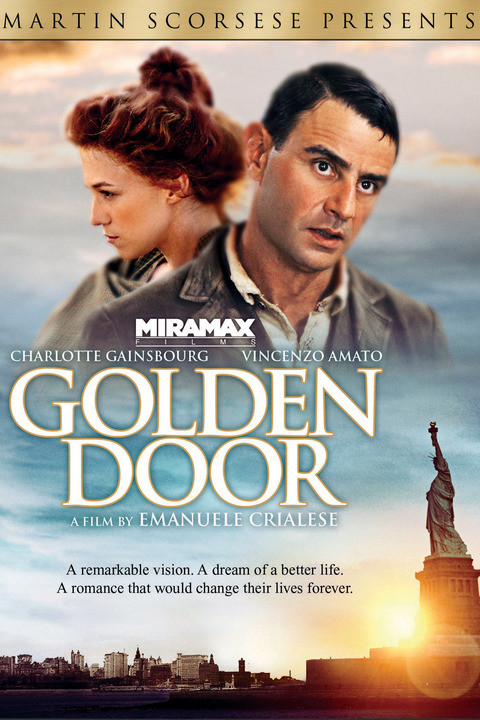If you are interested in only one or two branches of this family tree, see Branches of the Family Tree in the sidebar on the right. Click on Thaden if you descend from Herman and Angelina Thaden. Click on Hahn if you descend from Sam and Hazel Hahn. Click on Romeo if you descend from Joe and Carmelina Romeo. Click on Bright if you descend from Fred and Nan Bright.
My children descend from a variety of cultures.
The BRIGHT family relocated from Pennsylvania to the booming riverfront town of Wyandotte, Kansas, shortly after the Civil War.
The MOORE family, of Scots-Irish descent, lived in the upcountry of South Carolina for a hundred years or more.
The THADEN family came from German immigrants and Tennessee Scots-Irish clans.
The NICHOLAS family originated in Tripoli and Beirut, Syria, and lived among a Syrian colony in Jacksonville, Florida.
The HAHN and LUTES families raced for land in the Oklahoma Land Run of 1893 and had been ever on the frontier prior to that time.
The ROMEO and MOTTA families immigrated to this country at the turn of the century from Sicily.
Tuesday, January 26, 2016
Learning More from the OSBs
The OSB took me only so far back in time, to the 1600s. I suppose this must be about the time when the Lutheran church there in Dornum was organized. So I suspect that Thade was the name of an ancestral father of Jacob Ulfers. Perhaps Ulfer's name was Ulfer Thaden. Then his father's first name would be Thade. But at this point, we are getting back to people who probably didn't even keep records.
All of this sparks my curiosity in the history and culture of Ostriesland. Where did these people come from, and how did they live? What kinds of things did they eat and how was it prepared? What natural resources did they use for their survival? How did the ocean influence their lives?
Time to study now.
Tuesday, January 12, 2016
The Cornicello
Picture from http://www.consiglioskitchenware.com/cornicello-italian-horn-charm-keychain-medium
Passport Application of Joe Romeo
This is the passport application of Joe Romeo. After he served in the World War, he planned a trip to visit his parents in Belpasso. He came back to America with a bride!
Saturday, January 9, 2016
The Ortssippenbuch of Dornum
"The Ortssippenbuch (OSB) is a book of the compiled records from a parish and sometimes from other local sources that organize people and their events into family groups. Each family group is usually assigned a number within this book and that family number leads to other family numbers so that you can connect numerous family generations together. Dates are given for births/baptisms, marriages and deaths and burials. It lists all the children that are born in this village and also if parents have come from elsewhere as well as other useful information. You might even find a reference if your ancestor immigrated to another country."--https://familysearch.org/blog/en/ortssippenbuch-shortcut-german-family-history-research/.
Not every region in Germany has them. Many of the towns in the region of Ostfriesland have OSBs, local kinship books, and more are being added all the time. We are very fortunate that the OSB for Dornum was published in 2012. This two-volume set cost me a pretty penny, but it has been worth it.
Brothers Herman and Bernard Thaden emigrated from Dornum to the US in the 1860s. In the OSB, I have found them listed with their siblings and parents. This OSB lists quite a few Thaden families going back several generations. It is a goldmine of information. Above is a picture of a typical page within an OSB.
Of course it is written in German, and I have to have the Google translator open while reading the entries. The symbols are intriguing. An asterisk (*) appears before a birth date like it's the day the child burst forth into the world. A tilda (~) appears before a christening date. It looks like baptismal water. An infinity symbol (∞) appears before a marriage date. That's kinda cool since some people belive in eternal marriage. The Christian cross (†) appears before a death date. That's logical. And an open box symbol appears before a burial date. It looks like a coffin.
I have learned that most christenings took place in the family residence with three or four witnesses. Emergency christenings took place when a baby had but little time to live. And the infant mortality rate was really high.
I really love the OSBs. They are a valuable genalogical tool.
Meaning of the Surname Hahn
Hahn is a German word for rooster. Back in the day, a long time ago, a man might have been nicknamed Hahn if he was conceited or cocky. Or it may have become a surname if a man had a rooster painted on a shingle above his door because he may have become known as the man at the sign of the rooster. So Ijust thought I would mention that little tidbit. It is so fun to decorate my kitchen with roosters and to know that they represent my good name.
Monday, January 4, 2016
The Lower East Side Tenament Museum
I would love to visit this museum some day. Concetto and Santa (Romeo) Pappalardo lived in a tenement like this in New York City after they arrived in America. They later moved to Connecticut. Nicholas and Elizabeth (Yazigi) David stayed for a short time in a tenement here before moving on to Jacksonville, Florida. It would be fascinating to get a glimpse into their lives by spending some time in this museum.






